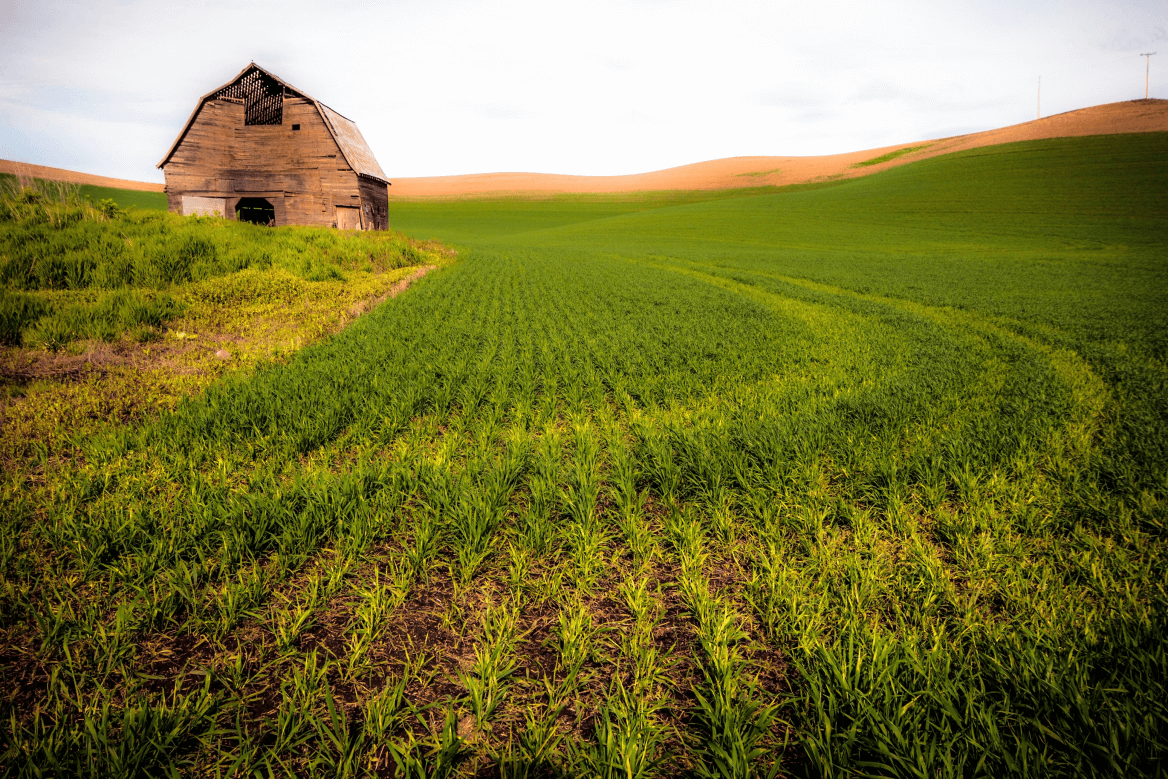10 Farmland Value Factors You Need to Know | United Country Real Estate
By Natalia KomeSeptember 19, 2022

If you're considering buying farmland, these ten factors can help you determine if the price is right.
What Are the Main Factors That Affect Farmland Values? 10 Land Values to Look Out For
Farmlands are now increasing in value, and investors are flocking to take this profit-generating opportunity and make the most of it.
Moreover, this surge in value can be attributed to the recovering domestic usage and increased export demand. This made farms more profitable than the production that goes behind them. This result has become alarming for the farmers.
Due to this dramatic increase in farmland values, farmers are now starting to wonder when they can buy their own land for the family.
While this is a question that not even economists and other people can answer yet, farmers are still anticipating what will happen in the near future regarding farmland sales. It somehow looks promising at the outset.
There are main farmland value factors responsible for the increase, such as the following.
The Battle Between Supply and Demand
Like other assets and commodities, the values of land observe the laws of supply and demand.
Shortage of land versus a rise in farmers-turned-buyers is a main factor in the increasing farmland values.
While it’s true that farmlands can retain their value for decades, it’s still possible for their prices to decline due to a wide discrepancy between the supply and demand curve.
The Kind of Farmland
The kind of farmland also affects its value. For instance, cropland is more valuable than pastureland. This is mainly because croplands cost more per acre than pasturelands.
Thus, one can infer that maintaining livestock in a pasture is less profitable than growing crops and produce on cropland. Generally, a cropland’s value is three times higher than that of pastureland.
This is also reliant on the development of the land to be purchased because pastureland can cost more if it looks more promising than cropland.
Interest Rates
Increased farmland values mean lower interest rates. With significant drops in interest rates, mortgage payments become more affordable.
This allows buyers to purchase land regardless of price, given that they have the ability to pay installments and provide down payment.
Capitalization rates or long-term interest rates can also highly affect farmland values. Capitalization rates depend on inflation, risk premiums, and risk-free interest rates, which are the long-term rate on U.S. treasuries.
For example, if these factors increase, farmland values may decrease. Although there’s a possibility for risk premiums to increase due to inflation, the U.S. treasuries’ long-term rate remains stable, which can subsequently increase farmland valuation.
Working Capital
The working capital is where farmlands source their funds for the down payment. Through the years, the working capital per acre has substantially declined. This also decreases the farmers’ buying power over farmlands.
This is why working capital should be solid enough to purchase machinery, create buildings, or repay debt.
Farmlands with great capital ratios can bid on new farmlands in the long run.
Location
Similar to other kinds of real estate properties, location is of prime importance. The first thing to consider when buying any kind of land is the state and local laws.
They can affect the farm’s profitability in the long run due to certain statutes and regulations.
Moreover, if the processing facilities or market areas are too far to access from your farmland, the transportation costs and market prices will adversely affect your farm’s profitability by a high percentage.
Moreover, local economic conditions can affect a farmland’s profitability. This is why farmland should be situated within a location with a stronger economy, so farmers can sell more produce and increase farmland values.
Production Value
Deriving income from farm activities and production can be slow. This may delay mortgage payment and a farmer or buyer’s intent to purchase new land. If you own farmland, you have to consider two things.
First is the land’s value appreciation and the revenue produced from tilling the farmland. Cash flow can be slow, but that doesn't mean farmland owners lack the assets.
They have all the assets needed to sustain themselves, and all they have to do is to use the farmland wisely.
Soil Type
Since farmlands are also highly reliant on their production, the quality and type of the soil can also affect its selling value. There is a soil-type grading system using the Crop Production Index (CPI).
If the score of the soil is 90 and above, according to the survey, it can be considered a top-tier soil, thereby increasing its value. This grading system is necessary to determine the value of farmlands and relay such data to the respondents.
Aside from the soil type and quality, the entire area of the farmland will also be considered.
Monetary Value
When the value of the dollar increases, there is a tendency for other countries to import goods and produce into the United States. There’s a time when the farmers and tillers won’t sell as much during this increase, dropping farmland values.
Property Taxes
Since the land prices are now fluctuating and mostly increasing, taxes are also going with the flow. Like other kinds of real estate properties, taxes can determine the value of a particular property or land.
Purchasing farmlands can also become more challenging with drastic increases in taxes.
Investing in Farmlands
Investing in farmlands can require intensive brainstorming since a lot of factors will come into play. This list only includes some of the main factors that affect farmland values.
Feel free to look up and do some more research on this kind of investment. Farmlands can be profitable, given that adequate planning is in place.
Consider these factors before shelling out a huge chunk of money for your investment.
